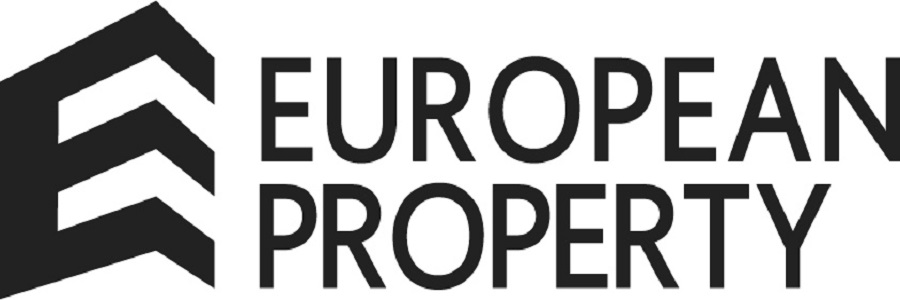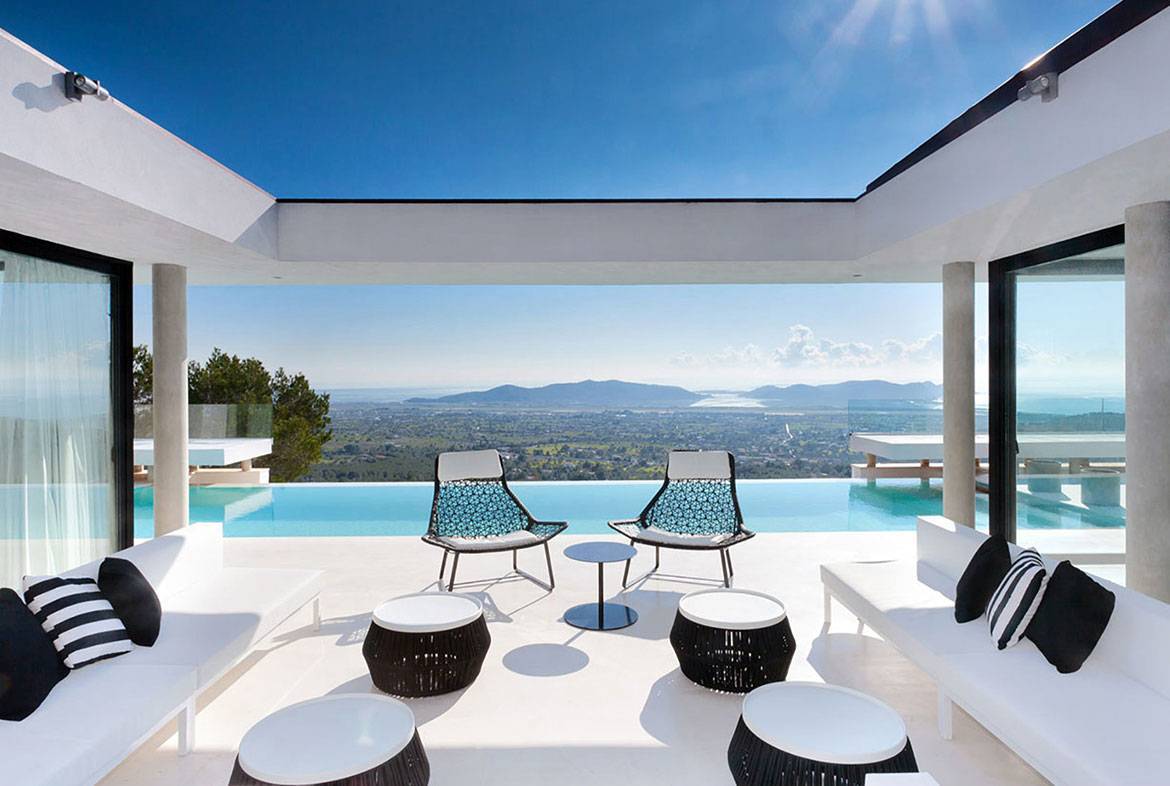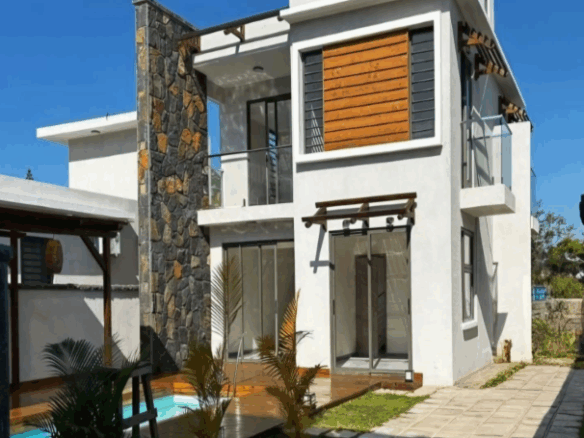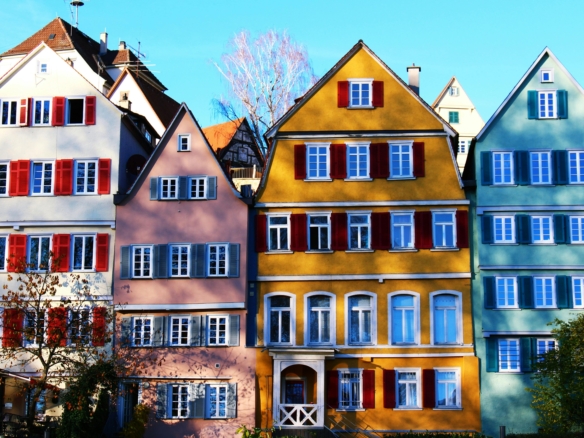The European luxury property market is undergoing a significant transformation in 2025, driven by evolving investment trends, innovative ownership models, and shifting regional dynamics. As affluent buyers seek exclusive residences across the continent, understanding the current landscape is essential for informed investment decisions.
Market Overview
In 2025, the European luxury residential real estate market is projected to reach a valuation of approximately USD 131.46 billion, with expectations to grow to USD 159.94 billion by 2030, reflecting a Compound Annual Growth Rate (CAGR) of 4% (Mordor Intelligence). This growth is attributed to factors such as low inflation, favorable interest rates, and Europe’s enduring appeal to high-net-worth individuals. The continent’s stability, transparency, excellent education systems, and high quality of life continue to attract global wealth (Knight Frank).
London: A Premier Hub for Luxury Property Investment
London remains one of the most sought-after destinations for luxury real estate investors, offering a blend of historical charm and modern sophistication. The city’s property market attracts high-net-worth individuals from around the world due to its political stability, strong legal framework, and global business influence.
Luxury Property Trends in London The luxury market in London is experiencing a shift in 2025. While properties under £1.5 million are selling quickly due to high demand, those priced above £2 million are facing longer selling periods, often requiring price reductions. This trend is largely influenced by high renovation costs and a shortage of rental properties for temporary accommodation during refurbishments. Buyers in prime areas such as Mayfair, Knightsbridge, and Kensington are looking for move-in-ready properties that offer both luxury and convenience.
For investors, London investment property offers excellent opportunities, including buy-to-let apartments in emerging areas, commercial real estate, and fractional ownership schemes. Those looking to explore investment opportunities can browse available listings at HomesGoFast.
Emergence of Fractional Ownership
A notable trend reshaping the luxury property landscape is the rise of fractional ownership. This model allows multiple investors to co-own a high-end property, making luxury real estate more accessible. Companies like August Collections offer co-ownership opportunities in prime locations across France, Italy, Spain, and the UK, enabling individuals to enjoy luxury homes without the full financial commitment (August Collections). Similarly, platforms such as Fractional Group and Lazazu provide curated selections of luxury properties, allowing investors to share ownership and associated costs (Fractional Group, Lazazu).
Roger Sands of Forbes highlights this trend, noting that “discerning travelers to Europe can choose fractional home ownership,” offering a blend of exclusivity and practicality (Forbes). This approach not only reduces the financial burden but also addresses concerns related to property maintenance and management.
Regional Highlights
- Marbella, Spain: Traditionally known for its opulence, Marbella is experiencing a transformation. The town is attracting young entrepreneurs and families, particularly from the tech industry, leading to a year-round residential demand. This shift, termed “Marbella 2.0,” is driven by digital nomads drawn to the area’s growing tech scene, modern co-working spaces like The Pool, and quality infrastructure (Financial Times). See our Luxury Homes in Marbella Spain
- Rome, Italy: As Milan’s property boom stabilizes, investors are turning their attention to Rome. The city accounted for 17% of all professional real estate investments in Italy last year, a significant increase from previous years. Factors such as the upcoming Holy Year, increased public spending, and new urban planning regulations have enhanced Rome’s appeal. Notably, property prices in Rome remain lower than in Milan and other southern European capitals, offering potential value for investors (Reuters). See Luxury Real Estate Italy
Investor Considerations
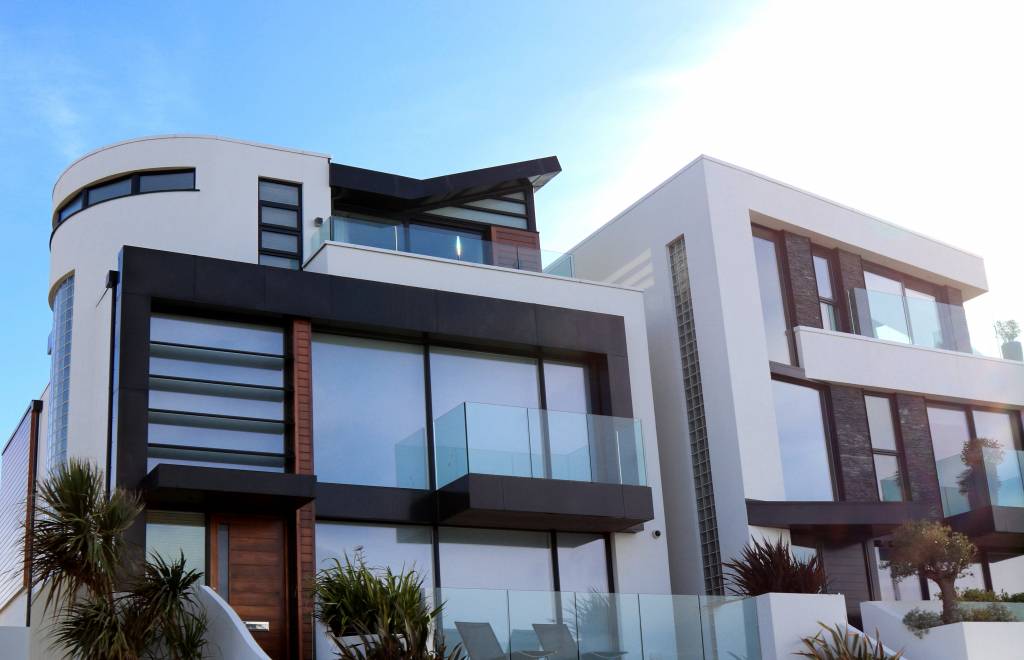
The European luxury property market’s growth is influenced by several factors:
- Economic Stability: Low inflation and favorable interest rates create a conducive environment for real estate investments.
- Political Climate: Geopolitical tensions and policy changes can impact investor confidence and market dynamics.
- Urban Development: Cities implementing modern urban planning and infrastructure improvements, like Rome and London, are becoming more attractive to investors.
- Ownership Models: Innovative approaches such as fractional ownership are making luxury properties more accessible, appealing to a broader range of investors.
Conclusion
The European luxury property market in 2025 presents a dynamic landscape filled with opportunities. Emerging trends like fractional ownership, coupled with regional developments in cities like London, Marbella, and Rome, are redefining investment strategies. As the market continues to evolve, potential investors are encouraged to conduct thorough research and consult with real estate professionals to navigate this complex yet rewarding sector.
For more information on luxury European properties and investment opportunities, visit EuropeanProperty.com.

